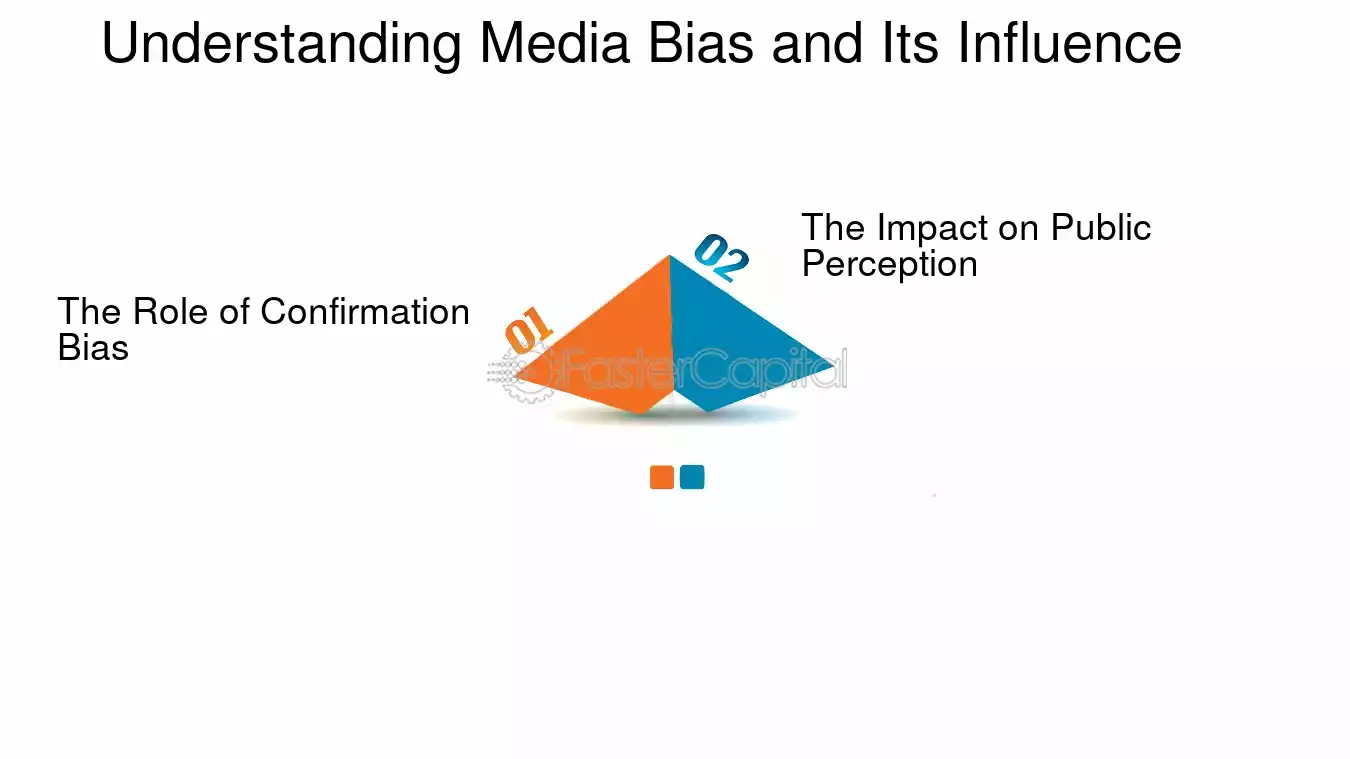In today’s world, where information is at our fingertips, the way media sources present news has a profound impact on how we perceive events and form opinions. But have you ever wondered why different news channels report the same event in drastically different ways? Or why certain political trends seem more prevalent in the media? This is where Media Source Analytics comes into play. It’s like putting on a pair of special glasses that help us see the subtle biases and trends that shape our understanding of the world.
1. Introduction to Media Source Analytics
Media Source Analytics is the process of examining and understanding how different media outlets report on events, particularly in the context of news and politics. It involves analyzing patterns, biases, and trends in how news is presented, and understanding the effects this has on public perception. Just like a detective solves a mystery by piecing together clues, Media Source Analytics helps us uncover the hidden influences behind the news we consume every day.
2. What is Media Bias?
Media bias refers to the tendency of journalists and news producers to select or frame news stories in a way that aligns with their own opinions, or the preferences of their audience or employers. It’s like watching a sports game where the commentator clearly favors one team over the other. This bias can skew public understanding and create a distorted view of reality.
3. Types of Media Bias
Understanding the different types of media bias is essential to grasp how it can shape the news we consume. Some common types include:
-
Selection Bias: This occurs when media outlets choose to report certain stories while ignoring others. For example, a news channel may focus heavily on negative stories about a particular political figure while ignoring positive ones.
-
Framing Bias: This involves presenting information in a way that subtly influences the audience’s interpretation. For instance, describing a protest as “chaotic” rather than “passionate” can lead to different perceptions of the event.
-
Confirmation Bias: This is when media outlets present stories that confirm the pre-existing beliefs of their audience, leading to a more polarized society.
4. How Media Bias Influences Public Perception
Media bias has a significant impact on how we perceive the world. Imagine looking at the world through tinted glasses – everything you see is colored by the lens. Similarly, media bias colors the information we receive, shaping our opinions and beliefs. Over time, consistent exposure to biased news can lead to a skewed understanding of political and social issues.
5. The Role of Political News Trends
Political news trends refer to the patterns and themes that emerge in news coverage over time. These trends can be driven by the interests of media owners, political agendas, or public demand. For example, during an election season, news coverage may heavily focus on certain candidates or issues, pushing other important topics to the background. Understanding these trends is crucial for anyone looking to get a clear picture of the political landscape.
6. Measuring and Analyzing Media Bias
Measuring media bias is not always straightforward, but there are several methods used by analysts:
-
Content Analysis: This involves examining the content of news stories to identify patterns of bias, such as word choice, tone, and framing.
-
Surveys and Polls: These tools gauge public opinion on media fairness and help identify perceived biases.
-
Quantitative Analysis: This approach uses statistical methods to analyze media coverage, such as counting the number of times a political figure is mentioned positively or negatively.
7. Tools Used in Media Source Analytics
Several tools are available for conducting Media Source Analytics. These include:
-
Media Bias/Fact Check: A website that rates the bias of various news sources.
-
AllSides: A platform that presents news stories from multiple perspectives, allowing readers to compare and contrast different viewpoints.
-
Google Trends: Useful for analyzing the popularity of certain news topics over time.
8. Case Studies: Media Bias in Action
Real-world examples of media bias help illustrate how it operates. For instance, the 2020 U.S. Presidential Election saw starkly different coverage across various news outlets, with some favoring one candidate over the other. Analyzing these case studies shows how bias can influence public opinion and even election outcomes.
9. How Public Perception is Shaped by Media
Public perception is often a reflection of the media they consume. When the media consistently portrays a group or idea in a certain light, it shapes how the public views that group or idea. For instance, if the media frequently reports on crime in a particular neighborhood, people may begin to perceive that neighborhood as dangerous, even if the crime rate is not unusually high.
10. The Future of Media Source Analytics
As technology evolves, so does the field of Media Source Analytics. Artificial Intelligence (AI) and Machine Learning (ML) are becoming increasingly important in analyzing vast amounts of media data to identify bias and trends. The future may see more sophisticated tools that provide even deeper insights into how the media influences public perception.
11. Challenges in Analyzing Media Bias
While Media Source Analytics is a powerful tool, it comes with challenges. Bias is often subtle and can be difficult to detect. Additionally, media outlets may change their tactics over time, making it harder to track consistent patterns. Another challenge is the sheer volume of content to analyze, which can be overwhelming without the right tools.
12. Ways to Counteract Media Bias
As consumers, there are steps we can take to counteract media bias:
-
Diversify Your News Sources: By consuming news from multiple outlets with different perspectives, you can get a more balanced view of events.
-
Be Critical of What You Read: Question the motives behind a news story and consider how it might be framed to influence your opinion.
-
Engage in Conversations: Discussing news with others who have different viewpoints can help you see issues from a new perspective.
13. Conclusion: The Power of Media Source Analytics
Media Source Analytics is a vital tool in today’s information-rich world. By understanding how media bias, political news trends, and public perception are interconnected, we can become more informed and critical consumers of news. This not only helps us understand the world better but also empowers us to make more informed decisions.
14. FAQs on Media Source Analytics
1. What is media bias, and why does it matter?
Media bias is the tendency of news outlets to present information in a way that aligns with certain viewpoints. It matters because it shapes public perception and can lead to a distorted understanding of events.
2. How can I identify bias in the news I consume?
Look for signs like selective reporting, framing of stories, and the use of loaded language. Comparing coverage from multiple sources can also help reveal biases.
3. Why are political news trends important?
Political news trends show what topics and issues are being prioritized by the media, which can influence public opinion and political outcomes.
4. What tools can I use to analyze media bias?
Tools like Media Bias/Fact Check, AllSides, and Google Trends can help you analyze and understand media bias.
5. How does media shape public perception?
Media shapes public perception by consistently portraying events, people, and issues in a certain light, which influences how we think about them.





